A big space rock slipped right by us last week and was only spotted as it left our cosmic neighborhood.
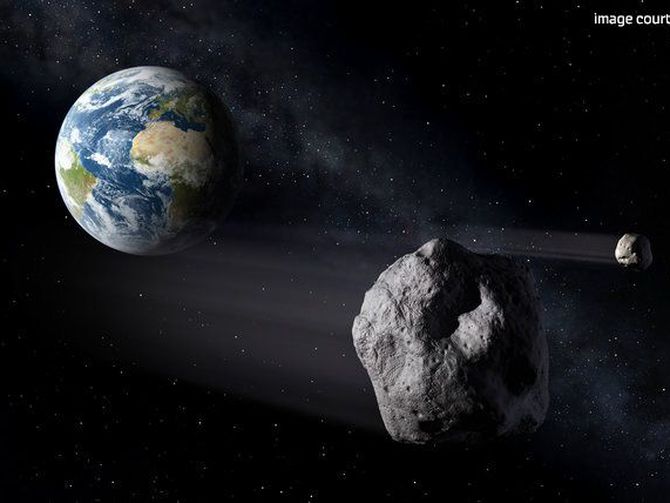

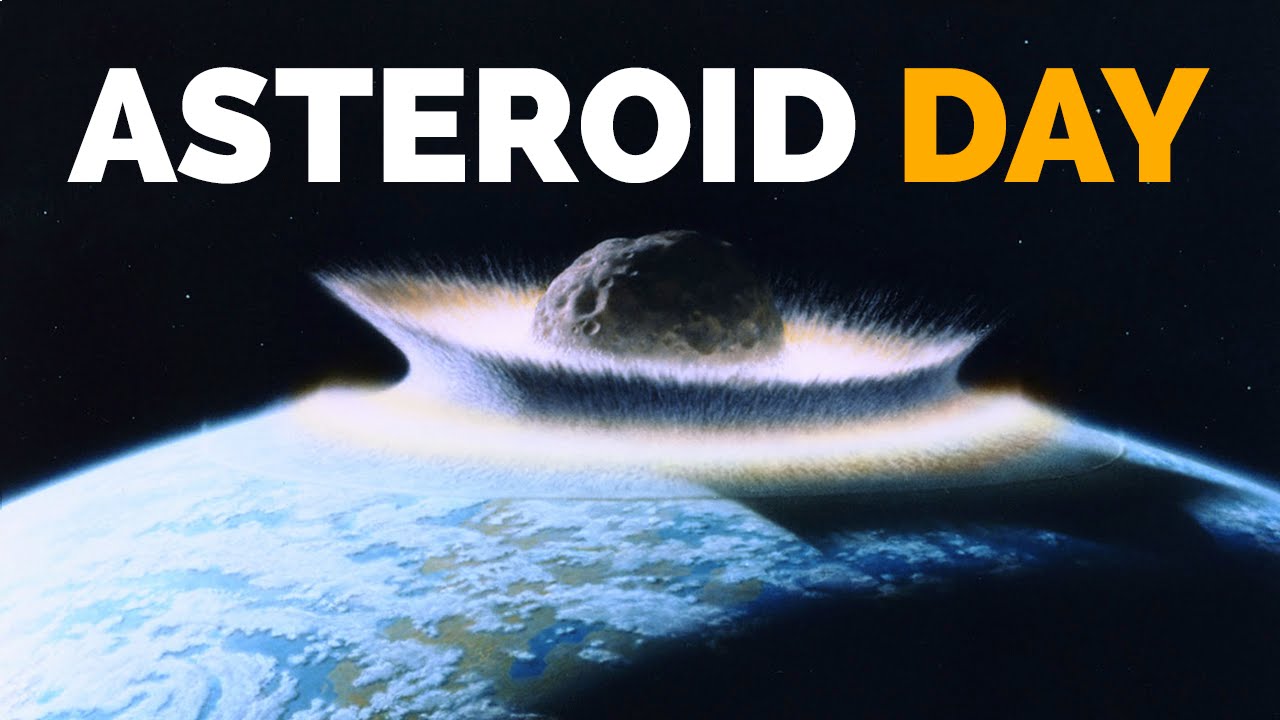
Today is World Asteroid Day… https://bcgallie.wixsite.com/asteroidday
Asteroid Day is a global awareness movement to protect Earth against asteroid impacts. The original inspiration for this campaign came from Grigorij Richters’ asteroid impact disaster film 51 Degrees North — all profits from which he has now dedicated to the cause of Asteroid Day world-wide. Dr. Brian May is a key supporter and delivered a slight update of the original mix, specifically for the Asteroid Day launch. Learn more about Asteroid Day, here: http://www.asteroidday.org
IMPORTANT LINKS:
Website: http://www.asteroidday.org
Facebook: http://www.facebook.com/asteroidday
Twitter: http://www.twitter.com/asteroidday
Join the conversation on Twitter. Use #Asteroidday
MORE INFORMATION:
If we can find Asteroids early, we can change this ending. We have the technology — so now we just need to put it into action. We need to find them before they find us. Now is your turn to make a difference and help people around the world make knowledgeable decisions and further asteroid science and discovery. Join us in signing the 100X Declaration to show your support. This is the only natural disaster we know how to prevent!
Sign the 100x Declaration here: http://www.asteroidday.org
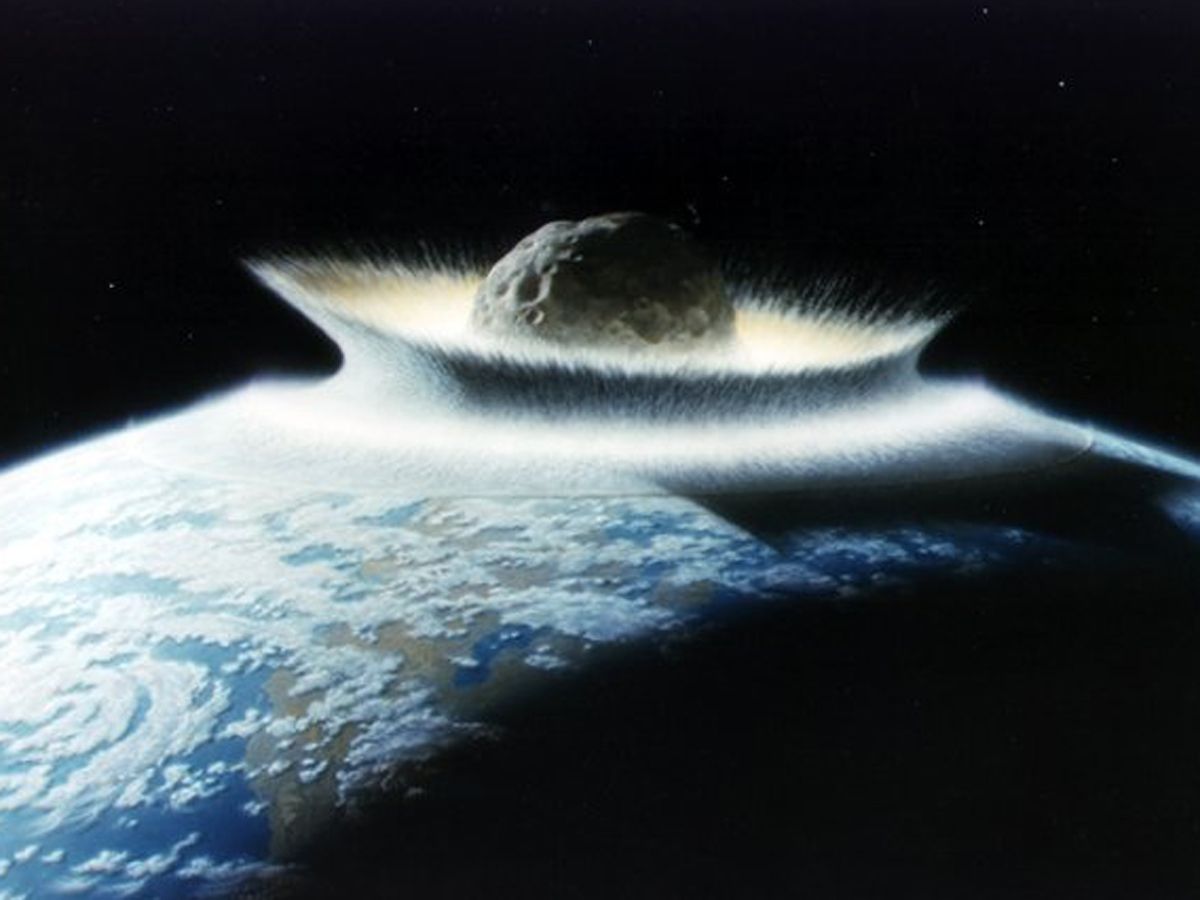
Scientists have discovered a new branch of the Taurids meteor stream that could pose a major risk to Earth, with asteroids up to 1,000 feet wide flying past us every few years. The Taurids meteor shower peaks every October and November, producing a relatively small display of shooting stars as the planet.

NASA has announced that asteroid strikes may have tipped over Saturn’s icy, ocean-bearing moon Enceladus. Researchers came to the conclusion after analysing the latest images and data from Cassini.
Researchers say they have enough evidence to suggest the moon’s spin axis – the line through the north and south poles – reoriented from its original position due to a collision with a smaller body, most likely an asteroid. The shift from its original axis is by 55 degrees, more than halfway rolling completely onto its side.
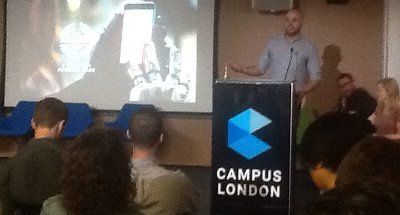
“A hackathon (also known as a hack day, hackfest or codefest) is a design sprint-like event in which computer programmers and others involved in software development, including graphic designers, interface designers, project managers, and others, often including subject-matter-experts, collaborate intensively on software projects. Occasionally, there is a hardware component as well. Hackathons typically last between a day and a week. Some hackathons are intended simply for educational or social purposes, although in many cases the goal is to create usable software.” https://en.wikipedia.org/wiki/Hackathon
In February 2014, Dr. Brian May, astrophysicist and famed guitarist for the rock band QUEEN, began working with Grigorij Richters, the director of a new film titled 51 Degrees North, a fictional story of an asteroid impact on London and the resulting human condition. May composed the music for the film and suggested that Richters preview it at Starmus, an event organized by Dr. Garik Israelian and attended by esteemed astrophysicists, scientists and artists, including Dr. Stephen Hawking, Richard Dawkins and Rick Wakeman. The result was the beginning of discussions that would lead to the launch of Asteroid Day in 2015. See : https://asteroidday.org/
Creating rejuvenation will probably be quite expensive, but that’s no reason to give up on it. We can pull it off.
The first thing to realise is that, when you wonder how much something will cost, you’re actually wondering how many resources and how many people doing how much work it will take to do that something. That’s all that really matters. The problem is that we have a sucky economic system such that even if we do have more than enough people and resources to do the job, the monetary cost of it could be so high that you can’t get the job done without creating financial problems left and right. This should be a hint that the problem, if it exists, lies in our crappy economic system, not in rejuvenation itself or whatever other thing we may create.
Apart from the obvious fact that other hysterically expensive endeavours (such as space missions) are pulled off despite their costs, we must take into account that desperate circumstances call for desperate measures. We don’t need to tear apart our economic system and replace it with another before we create rejuvenation, and neither would we if faced with another health crisis (such as a pandemic) or a planetary crisis, but we need to get the job done despite its costs and the consequences they may have. We can’t give up on rejuvenation on the grounds that it may be too expensive to create, just like we wouldn’t in the case of an existential risk. Can you imagine that? There’s a huge asteroid on a collision course with Earth, and our only hope is a spectacularly expensive space mission to destroy it before it’s too late. Just who in their right mind would step up and say: ‘Nah, too expensive. Let’s not do it.
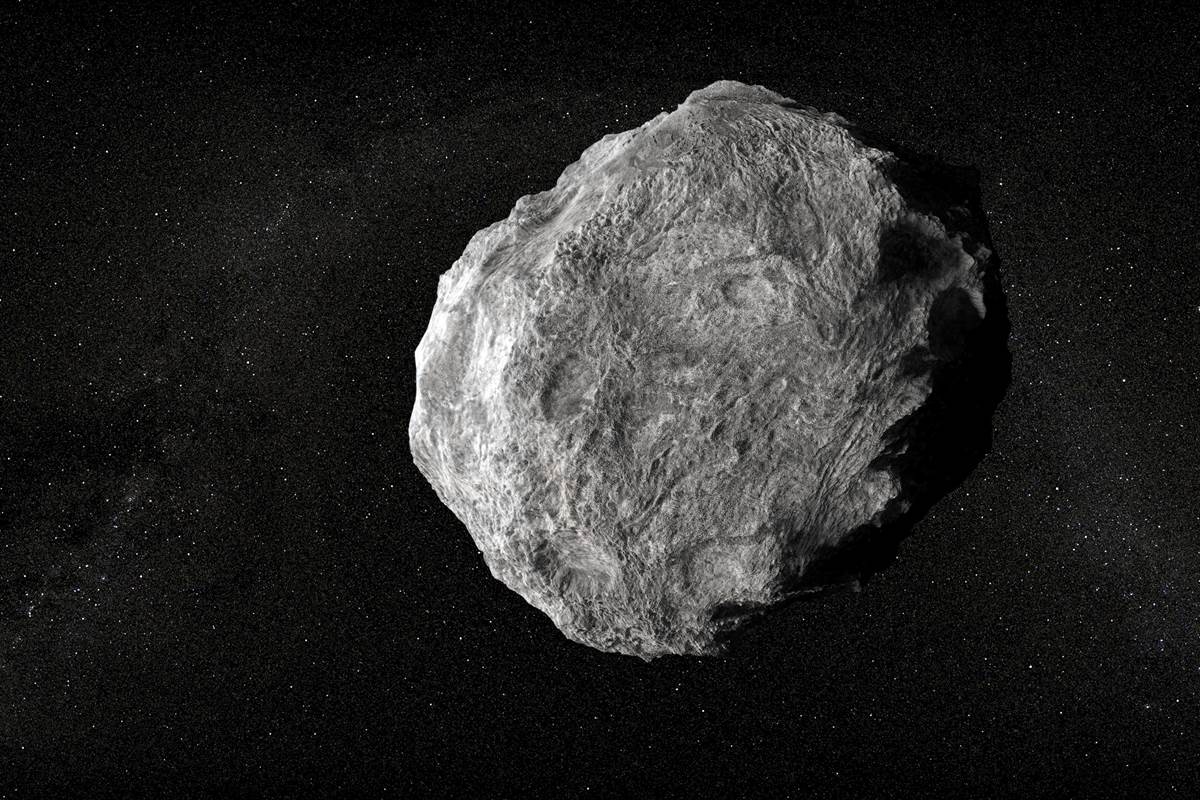
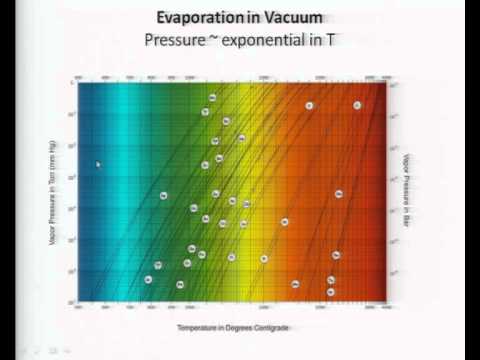
A laser phased array directed energy system has been designed and simulated. Lubin and Hughes calculated the requirements and possibilities for DE-STAR systems of several sizes, ranging from a desktop device to one measuring 10 kilometers, or six miles, in diameter. Larger systems were also considered. The larger the system, the greater its capabilities.
For instance, DE-STAR 2 – at 100 meters in diameter, about the size of the International Space Station – “could start nudging comets or asteroids out of their orbits,” Hughes said. But DE-STAR 4 – at 10 kilometers in diameter, about 100 times the size of the ISS – could deliver 1.4 megatons of energy per day to its target, said Lubin, obliterating an asteroid 500 meters across in one year.
The speed of interplanetary travel – far beyond what is possible with chemical propellant rockets used today – could be increased with this sized system, according to Lubin. It could also power advanced ion drive systems for deep space travel, he said. Able to engage multiple targets and missions at once, DE-STAR 4 “could simultaneously evaporate an asteroid, determine the composition of another, and propel a spacecraft.”
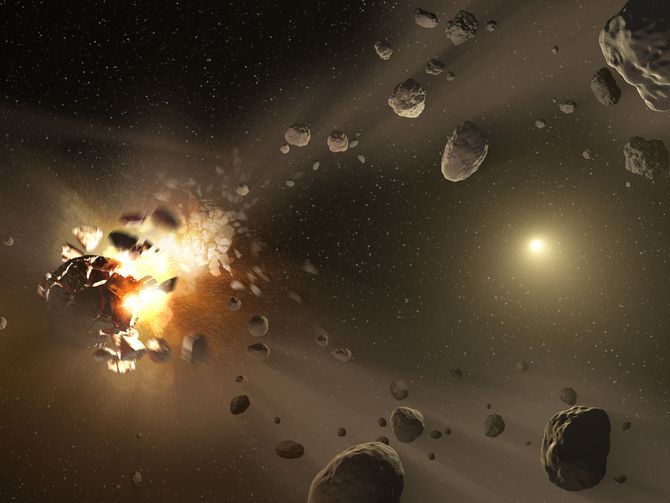
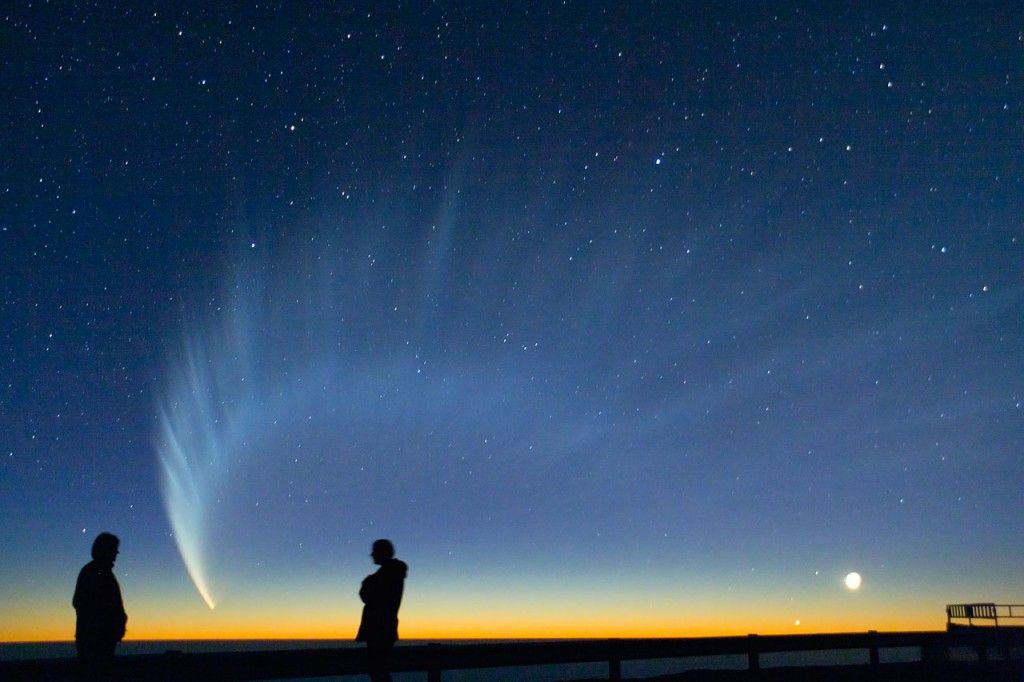
Gaia continues to reap dividends; per this new paper detailing a much closer solar system trajectory for Gliese 710, a sunlike star some 64 light years away in the constellation of Serpens.
Gliese 710, a star about half the size of our Sun, will rip through a portion of our solar system’s Oort Cloud of comets some 1.35 million years from now. In the process, it’s likely to dislodge a huge swath of long-period Earth-crossing comets.